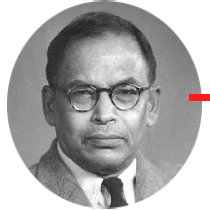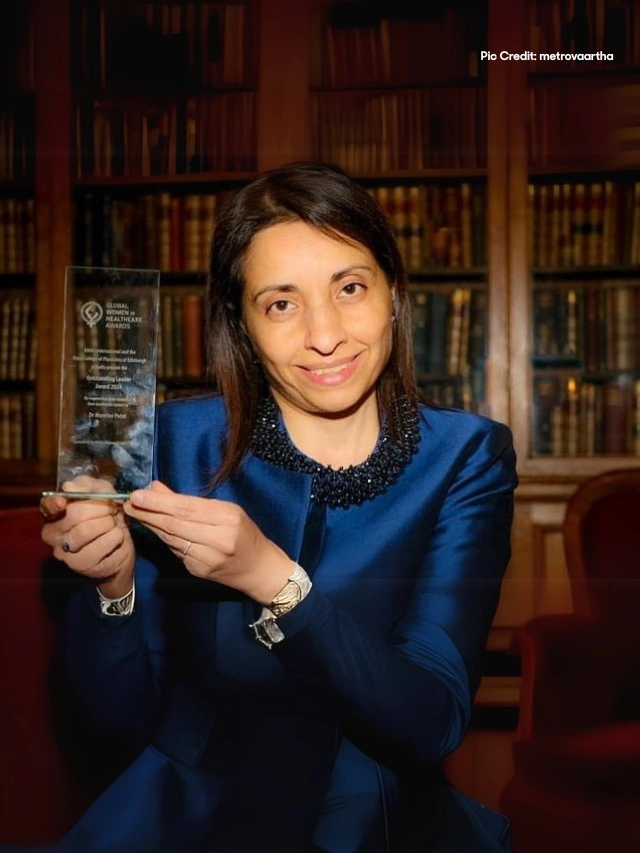
Meghnad Saha
Meghnad Saha was an Indian astrophysicist who made significant contributions to the study of stars and their spectra. He is known for developing the Saha equation, which explains the spectral lines observed in stars. In this article, we will explore his early life, education, professional life, and achievements.
CEO’s | Actors | Politicians | Sports Stars
Early Life of Meghnad Saha
Born on October 6, 1893, in Shaoratoli village, Dhaka, which was then a part of the Bengal Presidency of British India (now Gazipur District, Bangladesh), Meghnad Saha’s journey began in a modest setting. His parents, Jagannath Saha, a grocer, and Bhubneshwari Devi, were part of a poor Bengali family. Despite early life struggles, his determination saw him through his education at Dhaka Collegiate School, Dhaka College, Presidency College, Kolkata, and Rajabazar Science College, CU. One notable event in his early life was his forced departure from Dhaka Collegiate School due to his participation in the Swadeshi movement, reflecting his spirit of activism from a young age.
Parents’ Name and Family
Meghnad Saha was born to Jagannath Saha and Bhubneshwari Devi. Despite his humble background, he managed to make a mark in the field of astrophysics, becoming a globally recognized figure.
Personal Life of Meghnad Saha
Saha was an atheist and maintained close relationships with his peers such as Satyendra Nath Bose, Jnan Ghosh, and Jnanendra Nath Mukherjee. He also shared a deep bond with Amiya Charan Banerjee later in his life. His personal journey was not devoid of hardship; he faced caste-based discrimination at Eden Hindu Hostel, where upper-caste students objected to his sharing the same dining hall with them.
Professional Life
Saha’s professional life was marked by several significant contributions to astrophysics. His research into the thermal ionisation of elements led him to formulate the Saha equation, which became a critical tool in the interpretation of the spectra of stars. This led to a deeper understanding of the ionization state of various elements that constitute stars. He also held prestigious positions, such as a professor at Allahabad University (1923-1938), and Dean of the Faculty of Science at the University of Calcutta.
Furthermore, Saha was instrumental in the establishment of several scientific institutions, including the Physics Department at Allahabad University and the Institute of Nuclear Physics in Calcutta. He also launched the journal ‘Science and Culture,’ serving as its editor until his demise.
Awards and Recognitions
Among his many achievements, Meghnad Saha was elected to the Parliament of India in 1952, representing Calcutta. He was also awarded the Fellowship of the Royal Society in 1927, and presided over the 21st session of the Indian Science Congress in 1934.
Salary and Net Worth
While no concrete details are available on Meghnad Saha’s salary or net worth, it’s evident that his contributions to the field of astrophysics and his role in Indian politics and education have left a lasting legacy.
Age
Meghnad Saha passed away on February 16, 1956. At the time of his death, he was 62 years old.
In conclusion, Meghnad Saha, despite his humble beginnings and challenges, emerged as an influential figure in the field of astrophysics, leaving a lasting legacy. His journey serves as an inspiration for many, showcasing the power of resilience, determination, and dedication to one’s passion.
Also Read: Khushwant Singh, India’s most iconic writer.
MK Gandhi, father of the Indian independence movement.
FAQ
What was Meghnad Saha's most famous invention?
Meghnad Saha is best known for developing the Saha ionization equation, which plays a crucial role in astrophysics. This equation helps in understanding the ionization of elements in stars and their relation to temperature. It allows astronomers to determine the physical and chemical conditions of stellar atmospheres, revolutionizing the study of stellar spectra. His work significantly contributed to modern astrophysics by providing a scientific explanation for the classification of stars based on their spectral lines.
What was Meghnad Saha's educational background?
Meghnad Saha was born on October 6, 1893, in Shaoratoli, near Dhaka (now in Bangladesh). He completed his early education at Dhaka Collegiate School and later studied at Dhaka College. He then attended Presidency College in Calcutta, where he was influenced by eminent scientists like Jagadish Chandra Bose and Prafulla Chandra Ray. Saha earned his bachelor’s degree in mathematics in 1913 and completed his master’s in applied mathematics from the University of Calcutta in 1915.
Did Meghnad Saha win a Nobel Prize?
No, Meghnad Saha never won a Nobel Prize, despite being nominated multiple times in 1930, 1937, 1939, 1940, 1951, and 1955. His contributions to astrophysics, particularly the Saha ionization equation, were groundbreaking, but he was never awarded the prize. The reasons remain unclear, but his work continues to be highly respected in the scientific community.
What were Meghnad Saha's major contributions to science?
Apart from his Saha ionization equation, Saha made several important contributions:
- Established the Physics Department at Allahabad University and the Institute of Nuclear Physics in Calcutta (later renamed the Saha Institute of Nuclear Physics).
- Founded the National Academy of Sciences, India, and served as its first president.
- Launched the journal Science and Culture in 1935 to promote scientific discussions in India.
- Played a significant role in Indian politics, getting elected to Parliament in 1952, where he advocated for science and education policies.
What books did Meghnad Saha write?
Meghnad Saha co-authored several books that contributed to the field of physics:
- “A Treatise on Heat” (with B.N. Srivastava) – A fundamental book on thermodynamics and heat, widely used in Indian universities.
- “A Treatise on Modern Physics” – Covers various topics in modern physics, showcasing his deep understanding of the subject.





